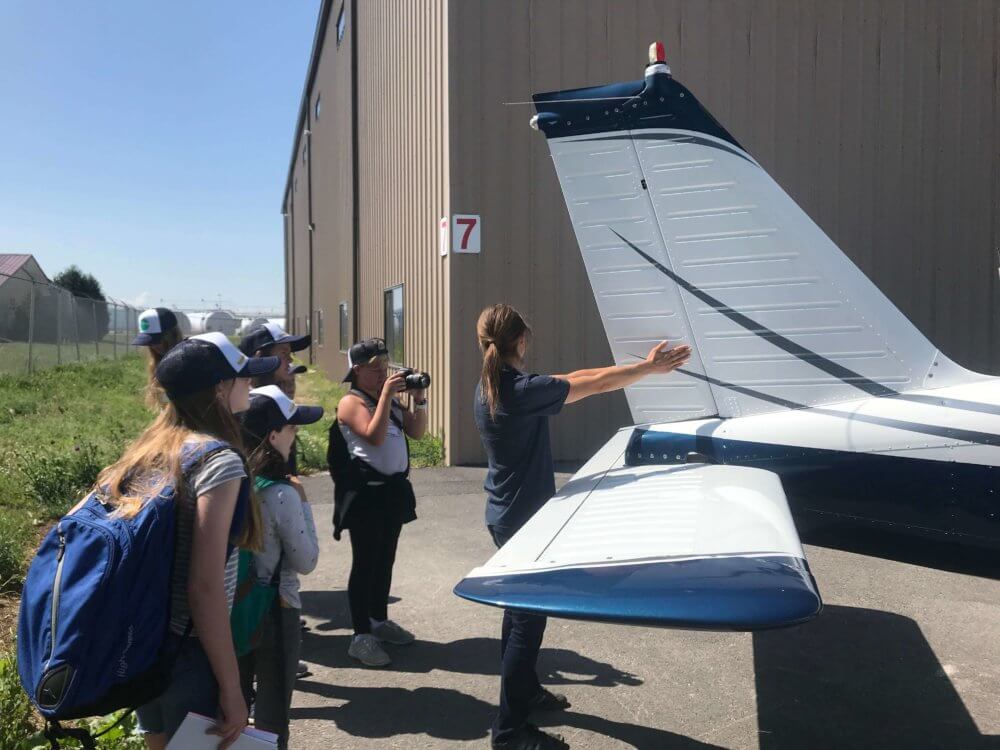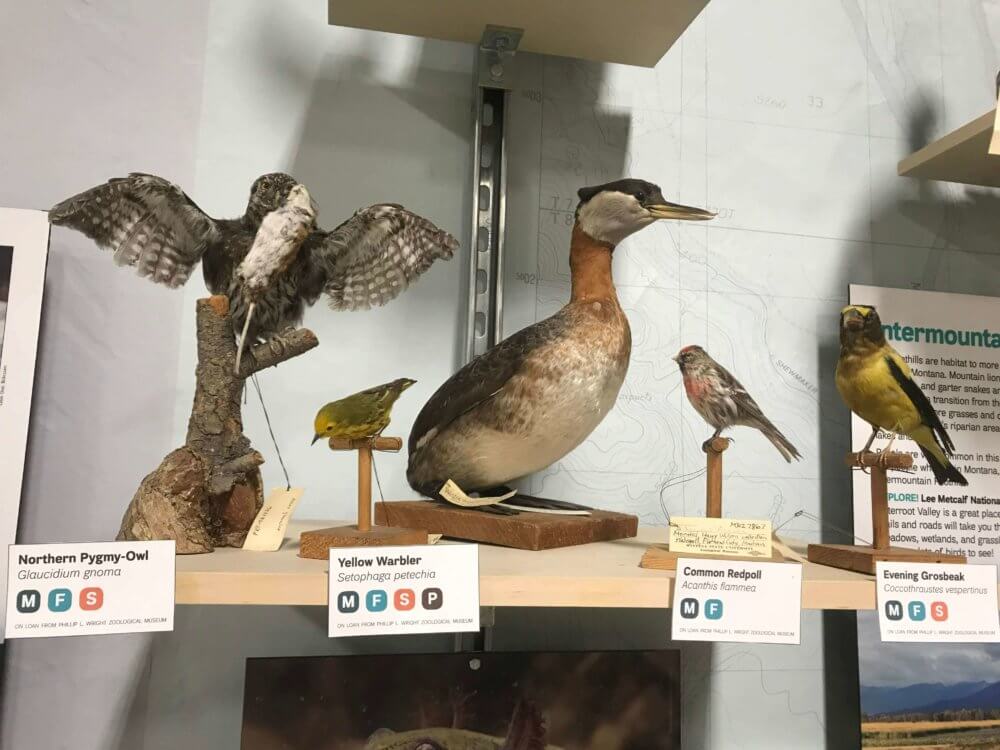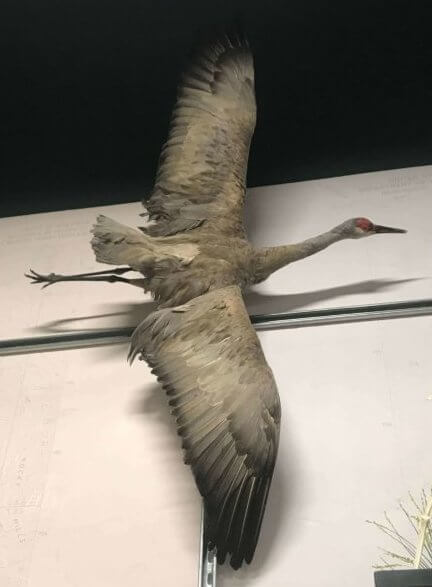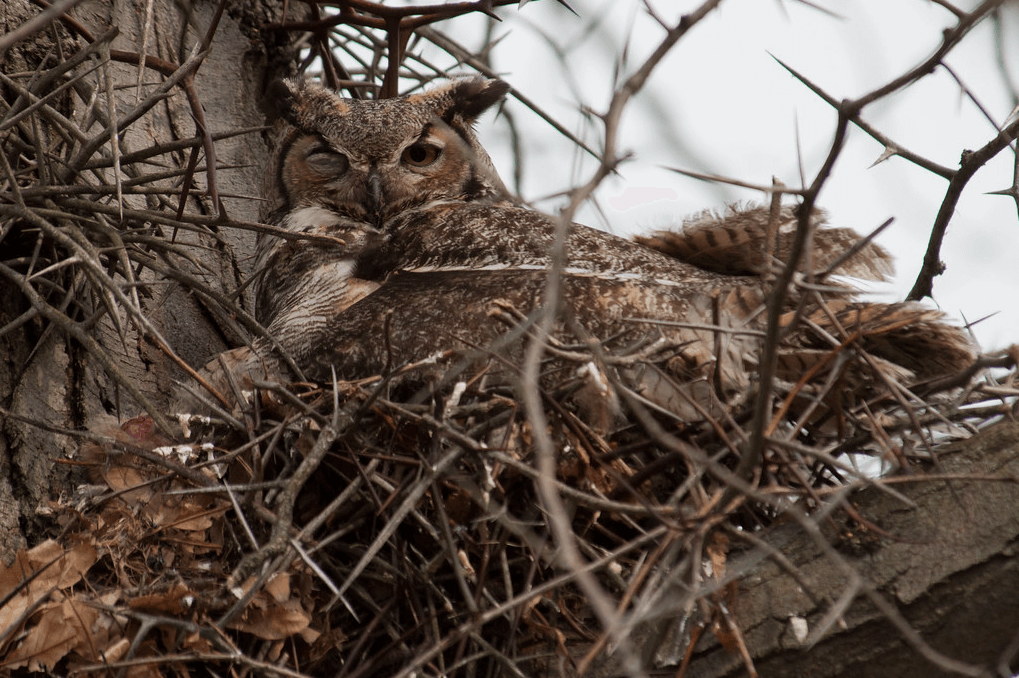You hear a plane soaring overhead. You see a robin take off from a branch. You wonder if your great Aunt Shirley is on that plane headed to Texas, or if the nest in the tree above you is the robin’s. Then you wonder, how did that plane get out of the airport? How did that robin lift off from that branch? I wondered the same thing. I asked my dad, Bailey, and Kelli and looked on the internet and I figured out the answer to both of these questions and more! Here’s what I found:
First I will answer the question, “How do airplanes get off the ground?” An average airplane goes down the runway at a speed of 150-180 miles per hour. The pilot lifts the elevator (which is a flap of metal at the back of the plane), and air pushes down on the elevator, which causes the back of the plane to go down and the front of the plane to go up.

This position is called the angle of attack. Then comes the wings. The back part of an airplane’s wing, the aileron, is tilted slightly down. The air going over the wing shoots down which pushes the plane a little bit into the air and then the engines propel the plane thousands of feet into the sky.
Next I will answer the second question, “How do birds take off from the ground or a perch like a tree branch or a lamppost?” Birds start their flight by jumping as high in the air as they can. From there, they start to flap their wings very, very hard so they can get themselves up into the air. Most birds flap their wings vertically in ovals but the hummingbird flaps its wings in a figure eight motion which gives it lift and thrust at the same time. More than half the birds in the world are perching birds, which means they have an extra toe on the back of their foot that acts like a thumb and allows the bird to hold onto something like a tree branch or a lamppost. It is much easier for these birds to start flying because they are on a high perch and don’t have to jump as high or use as much energy to get up in the air.

Finally, I will talk about the similarities and differences between planes and birds. The basic steps to lifting off are similar. The air going over the wings pushes the plane a little bit into the air which is like that first jump for the bird. The plane’s engines are like a bird flapping its wings: it helps them to glide through the air. The smaller details are different: like how the plane has to leave its engines on all the time because it is so much heavier than a bird and can’t just glide on the wind. Those are just some of the similarities and differences between birds and planes.

So the next time you hear a plane roaring overhead or see a bird take off from a branch, you don’t have to ask yourself how they get in the air because you already know the answer.
Capstone Project
By Caroline Chitty, STEEM Sister
Age 9













